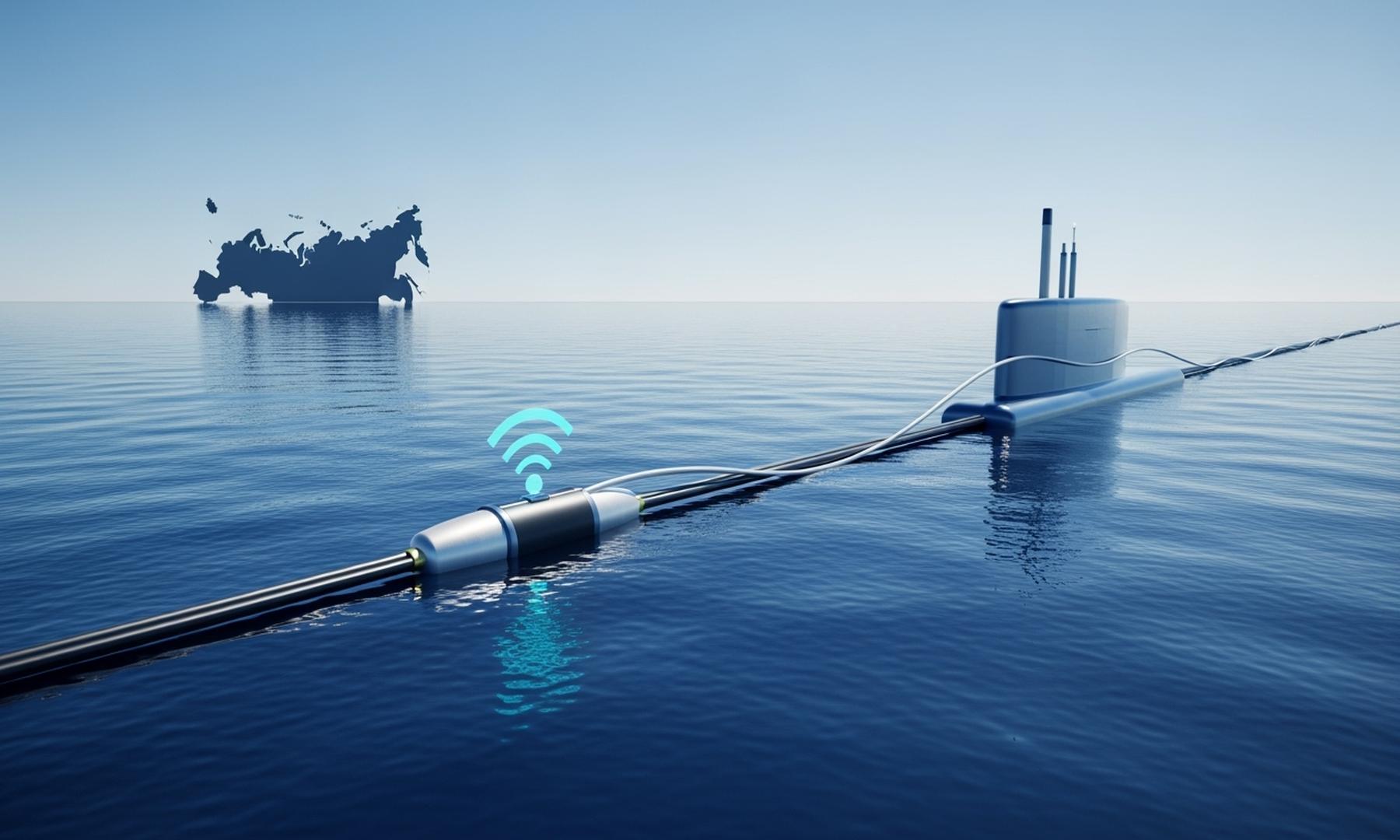What's Happening?
RIEGL has unveiled its latest advancements in UAV LiDAR technology at INTERGEO 2025, held in Germany from October 7-9, 2025. The company showcased the RIEGL VUX-820-G, a compact and fully integrated solution designed for surveying underwater structures
and topography. This new technology is powered by Ultimate LiDAR Technology, which promises enhanced performance, precision, and versatility in 3D data capture. The introduction of this airborne LiDAR bathymetry solution marks a significant step forward in the field of unmanned systems technology, offering new benchmarks in data capture capabilities.
Why It's Important?
The introduction of the RIEGL VUX-820-G is significant for industries reliant on precise underwater surveying, such as marine construction, environmental monitoring, and resource exploration. By providing a more integrated and efficient solution, RIEGL's technology could reduce operational costs and improve data accuracy, benefiting stakeholders in these sectors. The advancements in LiDAR technology also highlight the growing importance of unmanned systems in enhancing data collection and analysis, which could lead to more informed decision-making and strategic planning in various fields.
What's Next?
As RIEGL continues to innovate in UAV LiDAR technology, the industry can expect further developments that enhance the capabilities of unmanned systems. Stakeholders in marine and environmental sectors may look to integrate these technologies into their operations, potentially leading to collaborations and partnerships aimed at leveraging these advancements for broader applications. Additionally, the success of the RIEGL VUX-820-G could spur competitors to develop similar technologies, driving further innovation in the field.
Beyond the Headlines
The deployment of advanced LiDAR solutions like the RIEGL VUX-820-G could have long-term implications for environmental conservation efforts. By enabling more accurate mapping of underwater ecosystems, this technology could aid in the monitoring and protection of marine habitats. Furthermore, the increased precision in data collection may support research initiatives focused on understanding the impacts of climate change on underwater environments.
















